| Tirzepatide Acetate |
Dual GIP/GLP-1 agonist; 39-amino acid peptide |
View |
| Semaglutide Acetate |
GLP-1 receptor agonist for metabolic research |
View |
| Cagrilintide Acetate |
Amylin analogue for appetite regulation research |
View |
| CagriSema |
Cagrilintide + Semaglutide co-agonist |
View |
| Retatrutide Acetate |
Triple agonist (GLP-1/GIP/Glucagon) peptide |
View |
| Mazdutide Acetate |
GLP-1/Glucagon dual receptor agonist |
View |
| Survodutide Acetate |
Glucagon/GLP-1 dual receptor agonist peptide |
View |
| AOD-9604 Acetate |
Fragment of HGH; stimulates lipolysis |
View |
| BPC-157 Acetate |
Pentadecapeptide with regenerative potential |
View |
| TB-500 Acetate |
Synthetic thymosin beta-4 for repair and recovery |
View |
| Wolverine Blend |
BPC-157 + TB-500 for tissue regeneration |
View |
| Ipamorelin Acetate |
Selective GH secretagogue |
View |
| CJC-1295 Acetate |
Long-acting GHRH analog |
View |
| MOD GRF (1-29) Acetate |
Short-acting GHRH analog |
View |
| Tesamorelin Acetate |
GHRH analog; reduces visceral fat |
View |
| Frag 176-191 Acetate |
Modified HGH fragment for fat loss research |
View |
| GHRP-2 Acetate |
GH-releasing peptide with appetite stimulation |
View |
| GHRP-6 Acetate |
GH-releasing peptide; stimulates ghrelin receptor |
View |
| Melanotan I Acetate |
α-MSH analog for skin pigmentation studies |
View |
| Melanotan II Acetate |
α-MSH analog with libido-enhancing effects |
View |
| PT-141 Acetate |
Melanocortin receptor agonist for sexual function |
View |
| GHK-Cu Acetate |
Copper peptide for wound healing and cosmetic use |
View |
| Epitalon Acetate |
Synthetic tetrapeptide for telomerase activation |
View |
| NAD+ (Nicotinamide Adenine Dinucleotide) |
Supports mitochondrial and metabolic function |
View |
| MOTS-c Acetate |
Mitochondrial-derived peptide for metabolic health |
View |
| Semax Acetate |
Synthetic peptide for cognitive enhancement |
View |
| Selank Acetate |
Anxiolytic peptide with nootropic potential |
View |
| Adipotide (FTPP) |
Targeted apoptosis of adipose vasculature |
View |





